Energy Efficiency Regulations
The increasing emphasis on energy efficiency regulations is a primary driver for the Variable Air Volume (VAV) System Market. Governments and regulatory bodies are implementing stringent standards aimed at reducing energy consumption in commercial and residential buildings. This trend is likely to propel the adoption of VAV systems, which are designed to optimize airflow and minimize energy waste. According to recent data, buildings equipped with VAV systems can achieve energy savings of up to 30 percent compared to traditional HVAC systems. As energy costs continue to rise, the demand for VAV systems is expected to grow, as they provide a cost-effective solution for meeting regulatory requirements while enhancing overall building performance.
Growth in Commercial Construction
The growth in commercial construction activities is a significant driver for the Variable Air Volume (VAV) System Market. As urbanization continues to accelerate, there is a rising demand for new commercial buildings, which often require efficient HVAC systems to meet modern standards. VAV systems are increasingly being specified in new construction projects due to their ability to provide flexible and efficient climate control. Recent statistics suggest that the commercial construction sector is expected to grow by 8 percent annually, creating substantial opportunities for VAV system manufacturers and suppliers. This trend indicates a robust market potential for VAV systems as they become a preferred choice for new developments.
Rising Demand for Indoor Air Quality
The growing awareness of indoor air quality (IAQ) is significantly influencing the Variable Air Volume (VAV) System Market. As occupants become more conscious of the health implications associated with poor air quality, there is an increasing demand for HVAC systems that can effectively manage and improve IAQ. VAV systems are particularly well-suited for this purpose, as they allow for precise control of airflow and temperature, thereby enhancing comfort and reducing pollutants. Market data indicates that the demand for advanced air quality solutions is expected to increase by approximately 15 percent over the next five years, further driving the adoption of VAV systems in various sectors, including commercial, educational, and healthcare facilities.
Technological Advancements in HVAC Systems
Technological advancements in HVAC systems are playing a crucial role in shaping the Variable Air Volume (VAV) System Market. Innovations such as variable speed drives, advanced sensors, and smart controls are enhancing the efficiency and functionality of VAV systems. These technologies enable better monitoring and control of air distribution, leading to improved energy savings and occupant comfort. The integration of IoT and automation in HVAC systems is also expected to drive market growth, as these features allow for real-time data analysis and system optimization. As a result, the VAV system market is projected to expand, with an estimated growth rate of 10 percent annually over the next few years, reflecting the increasing reliance on advanced HVAC solutions.
Sustainability Initiatives in Building Design
Sustainability initiatives in building design are increasingly influencing the Variable Air Volume (VAV) System Market. Architects and builders are prioritizing sustainable practices, which include the use of energy-efficient HVAC systems like VAV. These systems not only contribute to lower energy consumption but also align with green building certifications such as LEED. The market for green buildings is projected to grow significantly, with estimates suggesting that sustainable construction will account for over 50 percent of total building activity in the coming years. This shift towards sustainability is likely to drive the demand for VAV systems, as they are integral to achieving energy efficiency and environmental goals in modern architecture.


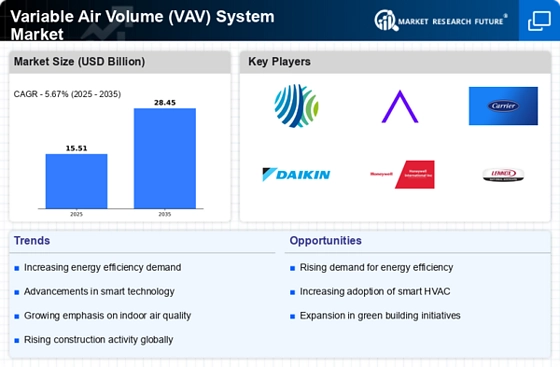
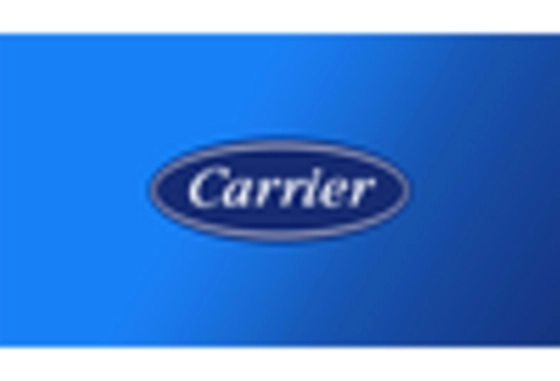
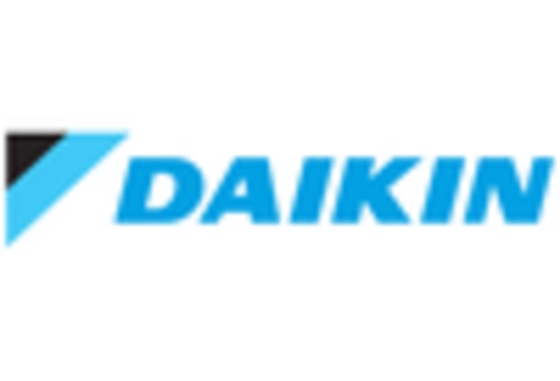
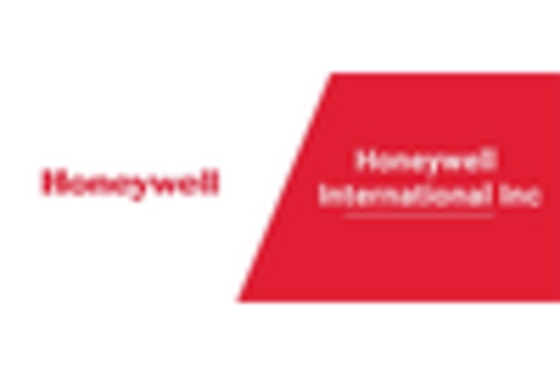

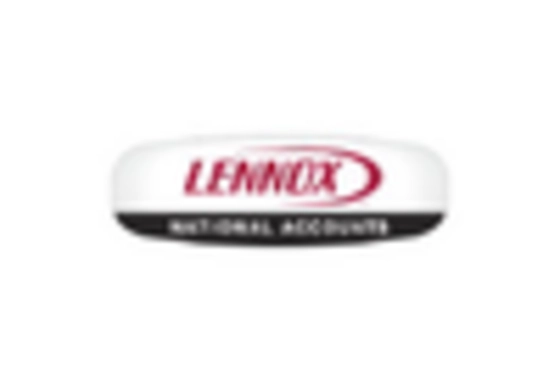









Leave a Comment